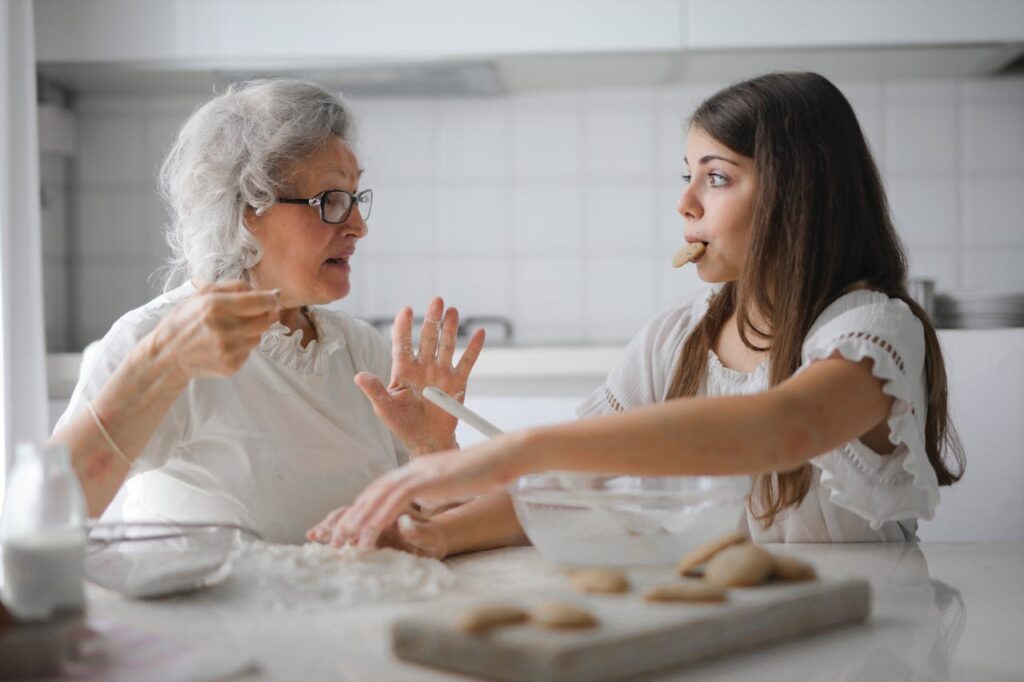Enhancing Garage Security: A Comprehensive Guide for Protecting Your Vehicles and Valuables
Enhancing Garage Security: A Comprehensive Guide for Protecting Your Vehicles and Valuables In today’s world, where safety and security are paramount, one area that often gets overlooked is the garage. Not only does it serve as a home for your vehicles, but it often doubles as a storage space for valuable tools, equipment, and even personal memorabilia. However, it’s also one of the most vulnerable points of entry to your home, making garage security a critical aspect of your overall household safety plan. Understanding the Threats Before devising a plan to secure your garage, it’s essential to understand the common threats it faces. Burglary and unauthorized entry are the primary concerns, with thieves targeting easily sellable items such as bikes, tools, and electronic equipment. Vandalism is another risk, particularly if your garage is easily accessible from the street. A less considered but equally crucial concern is the potential access it grants to the rest of your home. Practical Steps for Securing Your Garage Upgrading Locks The first line of defense in garage security involves upgrading your locks. Traditional locks might not provide adequate protection against determined intruders. Consider installing deadbolts or a modern smart lock that offers both convenience and enhanced security features, including remote locking and unlocking capabilities. Installing a Security System A comprehensive security system integrates alarm systems, which can deter potential intruders and alert you to unauthorized entry attempts. Motion sensors, door and window sensors, and garage door openers equipped with security features are essential components of a robust garage security system. Reinforcing Entry Points The physical integrity of your garage’s entry points is crucial. Ensure that doors and windows are not only locked but also reinforced to resist tampering and forceful entry. This can involve upgrading door hinges, installing window security films, and ensuring the garage door is robust and in good working order. Innovative Security Technologies and Products Technology plays a pivotal role in enhancing garage security. Some innovative solutions include: Smart Garage Door Openers: These devices allow you to monitor and control your garage door remotely, providing peace of mind when you’re away from home. Security Cameras: Installing security cameras provides real-time surveillance of your garage, deterring potential intruders and documenting any unauthorized activity. Lighting Solutions: Motion-activated lights can be a simple yet effective deterrent against potential burglaries, illuminating anyone approaching the garage unexpectedly. Real-Life Success Stories Testimonials from individuals who have invested in garage security underscore its importance. One homeowner reported thwarting a break-in attempt simply by installing motion-sensor lights and a visible security camera, highlighting the preventive power of visible security measures. Taking Action In conclusion, garage security is a critical component of your home’s overall safety strategy. By understanding the risks, implementing practical security measures, and leveraging innovative technologies, you can significantly mitigate the threat of burglary, vandalism, and unauthorized entry. We encourage homeowners, DIY enthusiasts, and security-minded individuals to assess their current garage security measures critically. Proactive steps taken today can safeguard your vehicles, valuables, and, most importantly, your peace of mind. Don’t leave your garage security to chance. Review your security measures, upgrade your technology, and stay vigilant. Your diligence can make all the difference in protecting what matters most.



